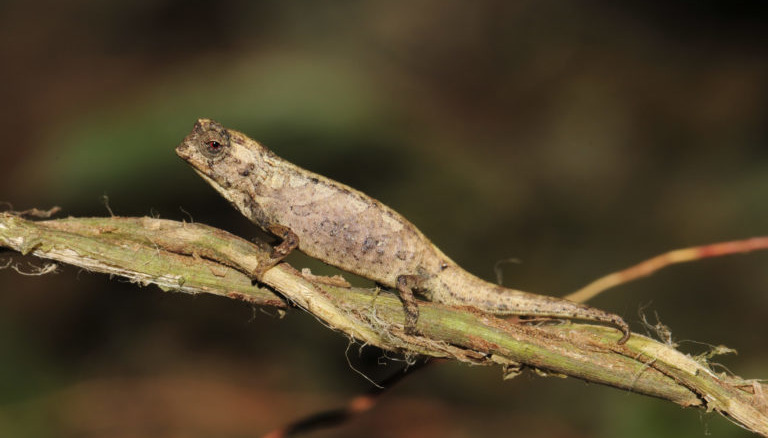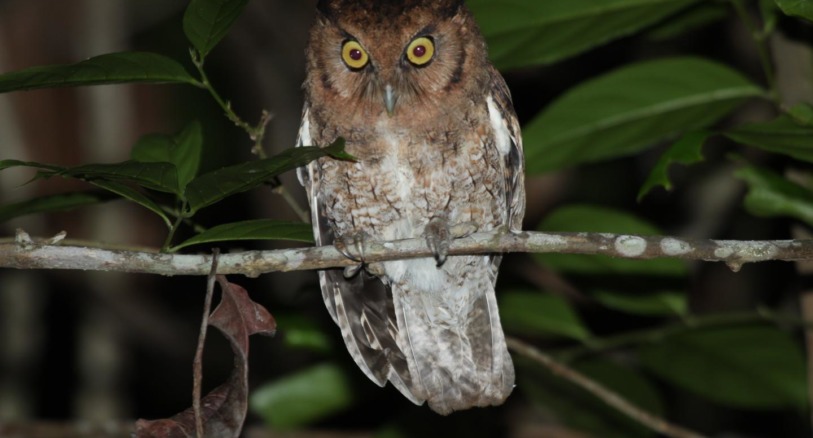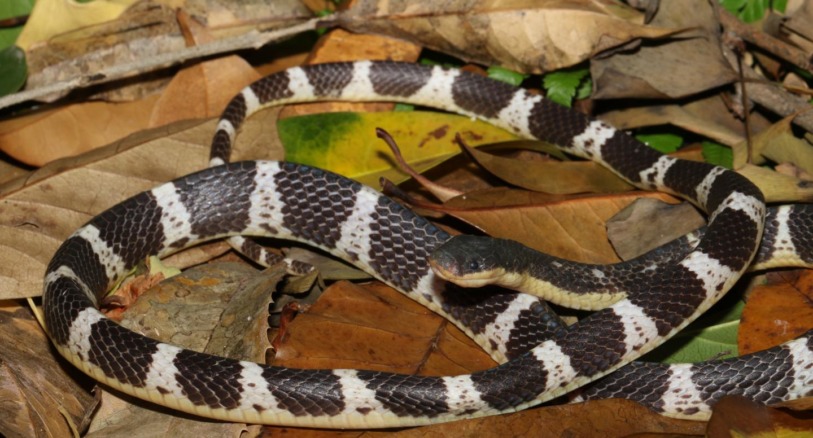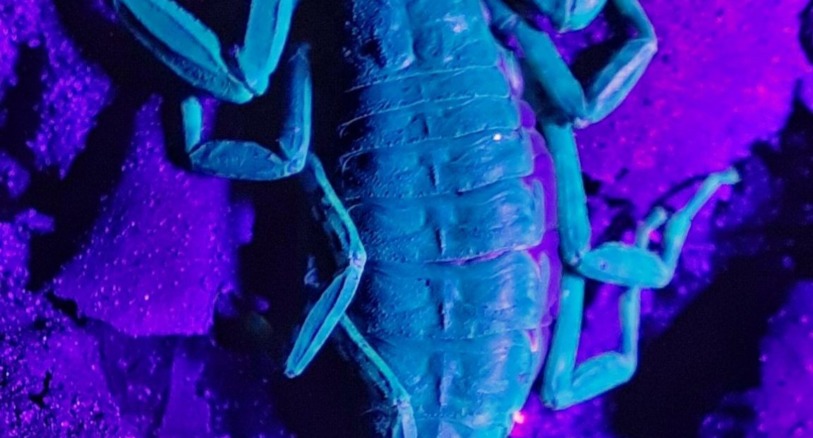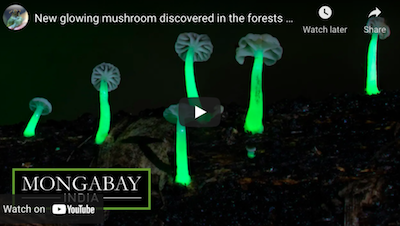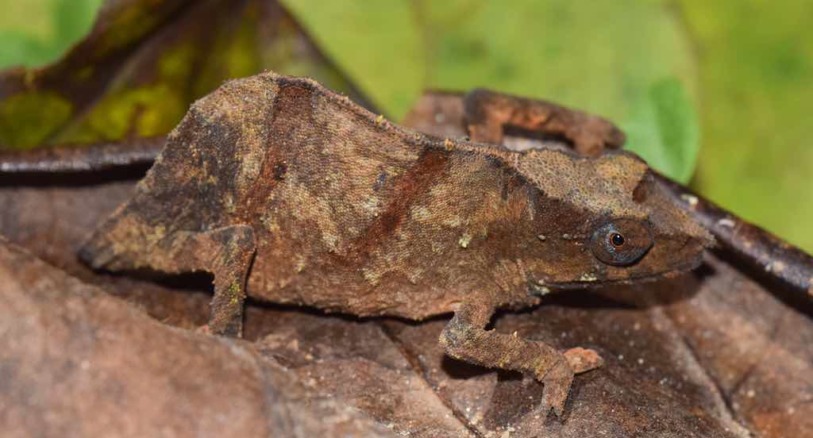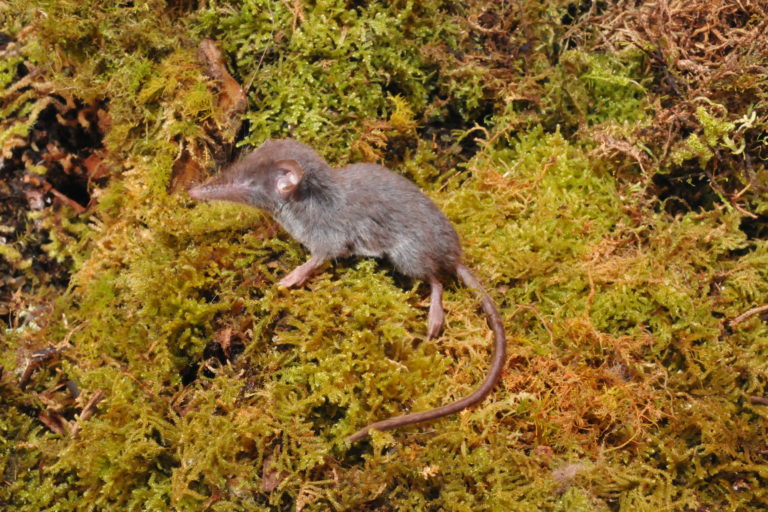
Shrews are some of the smallest mammals on Earth. None of them are bigger than a mouse, and although they resemble mice, they are not rodents. Shrews are insectivores. They spend their lives hunting down insects in underbrush or burrowing for them through the soil.
Shrews stay out of sight, but they live over most of the Earth’s continents. Shrews are not found in Antarctica, Australia, New Guinea, and New Zealand. There are likely more shrew species for scientists to discover beyond the approximately 400 shrew species known to science. In fact, we now know that there are many more shrews to find, because scientists found a bunch of them and described them in 2021.
On the Indonesian island of Sulawesi a team of investigators found not one, not two, not three, not four … well, they found 14 new species of shrews. And there are probably even more waiting to be found. This batch of new shrews is the biggest discovery of new mammal species reported in one scientific paper in almost 100 years.
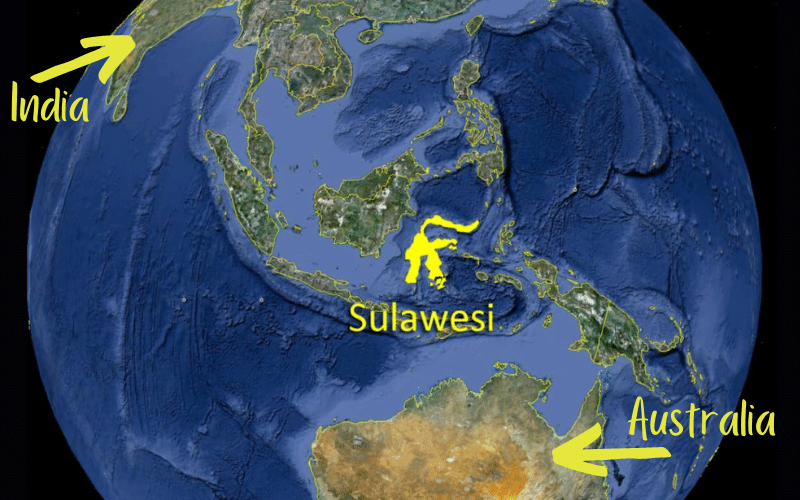

The shrews are told apart from each other and previously known shrew species by differences in their DNA sequences, cranial (skull) measurements, and color of their pelage (fur). The newly discovered shrews are endemic to Sulawesi, which means they live nowhere else.
The researchers at work in the field:


